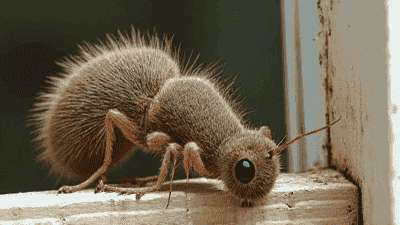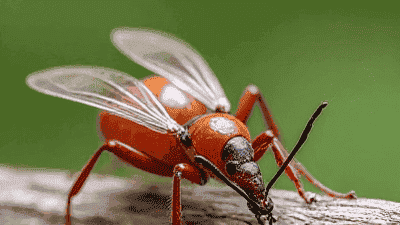
When it comes to maintaining a safe and comfortable living environment, pest control is a critical consideration for homeowners. Pests can cause significant damage to the structure of your home, compromise your health, and create unsanitary living conditions. Understanding which pests are most likely to invade your home, the damage they can inflict, and methods of prevention can help you safeguard your property and ensure a pest-free environment.
Pests are more than just a nuisance; they can pose serious risks to your home and well-being. They can damage property, contaminate food, and transmit diseases. Various pests, including insects and rodents, can compromise the structural integrity of your home, causing expensive repairs and health hazards. By taking a proactive approach to pest management, you can minimize the risks associated with these unwanted visitors.

Termites are social insects that feed on cellulose, a component found in wood. They live in colonies and can cause extensive damage to wooden structures, including beams, walls, and flooring. The most common types of termites that invade homes are subterranean termites, drywood termites, and dampwood termites.
Subterranean termites create their nests in the soil and build mud tubes to access wood above ground. Drywood termites enter homes through wooden structures and often go unnoticed until significant damage occurs. Dampwood termites prefer decaying wood and typically invade areas with excess moisture.
Termite damage can be devastating. They chew through wood and can compromise the structural integrity of your home. Signs of termite infestation include:
Preventing termite infestations involves a combination of proactive measures:
Rodents, including house mice and Norway rats, are common pests that can invade homes in search of food, water, and shelter. They are nocturnal, and their small size allows them to enter through tiny openings. Mice can squeeze through holes as small as a quarter, while rats can fit through openings the size of a half dollar.
Rodents can cause significant damage to your home, including:
To keep rodents at bay, consider implementing the following measures:

Carpenter ants are large black or red ants that can become a problem in homes, particularly in areas with moisture issues. Unlike termites, carpenter ants do not consume wood but excavate galleries for nesting. They prefer to nest in damp or decaying wood, making homes with water damage particularly vulnerable.
Carpenter ants can cause significant structural damage to your home over time. Their tunneling behavior weakens wooden beams, insulation, and other structures, leading to potential collapse if not addressed promptly. Signs of infestation include:
Preventing carpenter ant infestations requires vigilance and maintenance:
Bed bugs are small, reddish-brown insects that feed on human blood. They are nocturnal and often hide in the seams of mattresses, bed frames, and furniture. Bed bugs are not known to carry diseases, but their bites can cause itching and discomfort.
Bed bugs can disrupt sleep and create anxiety for affected individuals. The damage caused by bed bugs is primarily psychological, stemming from sleepless nights and the stress of dealing with an infestation. Signs of bed bug activity include:
To prevent bed bugs from infesting your home, consider the following steps:

Silverfish are small, wingless insects with a silver-gray hue and a distinct fish-like appearance. These nocturnal pests are often found in damp areas of the home, such as basements, bathrooms, and kitchens. Silverfish feed on carbohydrates, particularly starches and sugars, making them attracted to paper, clothing, and food.
While silverfish do not pose direct threats to human health, they can damage belongings and documents. Their feeding habits may result in:
To keep silverfish at bay, employ the following preventive measures:
Pest control is an essential component of maintaining a healthy and safe home. By understanding the threats posed by common pests such as termites, rodents, carpenter ants, bed bugs, and silverfish, homeowners can take proactive measures to prevent infestations and protect their properties. Regular inspections, cleanliness, and appropriate prevention strategies are key to keeping your home pest-free.
Incorporating these practices into your routine will not only safeguard your home but also promote a healthier living environment for you and your family. By prioritizing pest prevention, you can enjoy the comfort of your home without the worry of unwanted pests making themselves at home.